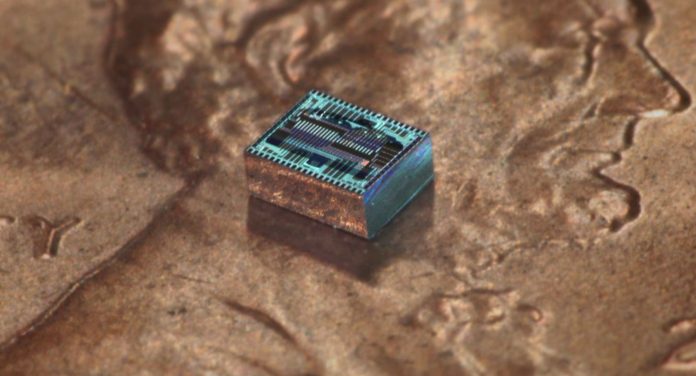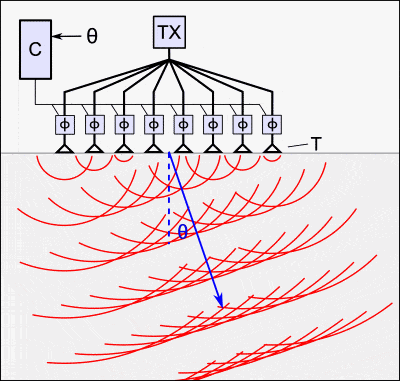
Engineers have developed a type of camera that doesn’t require any lenses. They’re replacing the curved glass with something that does the same job computationally – an ultra-thin optical phased array.
Researchers hope that the findings could turn a wide range of flat surfaces into image collectors.
To capture the perfect selfie or Instagram photo, cameras use lenses. In digital cameras, the lenses are used to focus the light onto a digital sensor. The optical phased array has a group of light receivers that adds a minute delay to the light as it is captured. This allows the camera to switch focus and look in different directions using nothing but electronic trickery.
“Here, like most other things in life, timing is everything,” said Ali Hajimiri from Caltech. “With our new system, you can selectively look in the desired direction and at a very small part of the picture in front of you at any given time, by controlling the timing with ffemtosecond– quadrillionth of a second – precision.”
Phased arrays have been proposed by SpaceX and Google as the answer to providing earth with super-fast internet. They work by using a selection of stationary transmitters sending out the same signal.
The signals from neighbouring transmitters interfere with each other. In some areas that cancels out the signal and in other areas that amplifies it. By adding a small delay to some of the transmitters the focus of the amplified signal can be moved around – electronically steering the signal.

The camera reported in this new study uses the same principles, just in reverse.
The lensless camera is made from thin light sensitive silicon components integrated on a silicon chip. Light waves are received by each light sensitive element in the array and destructively interfere from all but one of the directions. In that direction, the waves amplify each other to create a focused “gaze” that can be electronically controlled.
“What the camera does is similar to looking through a thin straw and scanning it across the field of view. We can form an image at an incredibly fast speed by manipulating the light instead of moving a mechanical object,” says lead researcher Reza Fatemi.

0 comments:
Post a Comment